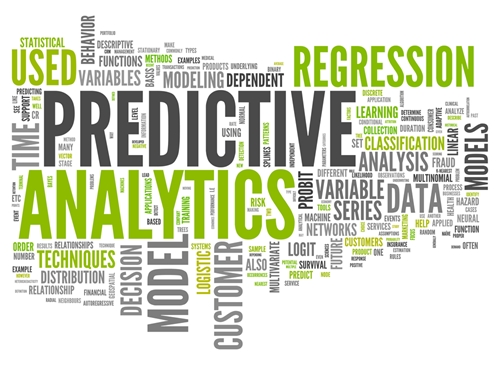Many businesses are now seeing the benefits of integrating business intelligence software into how they operate. However, quite a few don’t take the potential of this system, and more often simply use it to understand events that have already happened. In taking a reactive approach to analytics, companies lose out on gaining an edge through the information gleaned from customers, competitors and the industry at large. The ultimate goal of using big data in business is predictive analytics. However, firms have to understand what type of analytics they’re doing, and what they should do instead, before taking on a new strategy.
Bottom Rung: Reactive Analytics
The most common form of analytics predates big data. Reactive analytics is the process of using information to respond to matters after they occur. Alerts will appear when an event of any type occurs, according to Relevance PR. There are obvious reasons that reactive analysis isn’t feasible. It basically means that businesses are only responding to situations after the fact, which means they can neither prevent any damage from a negative circumstance nor continually build on any successes. Taking this approach should only happen sparingly at best.
“By seeing developments as they occur, businesses can make changes.”
Middle Tier: Proactive Analytics
While reactive analytics can help understand what happened in a specific situation, proactive analytics can help prevent an incident from happening ahead of time or adjusting circumstance before a crucial juncture. Some refer to this as preventative analysis, but this is a narrow view. By seeing developments as they occur in real time, businesses can make changes that improve their standing overall. This can mean taking advantage of a sudden surge in a specific products’ popularity or reducing production when sales decline as it happens instead of after the fact. This method should be the standard approach of information gathering and subsequent decision-making.
Best of Class: Predictive Analytics
In predictive analytics, businesses are able to take the proactive approach a step further by predicting results before they even execute a process. IBM noted that this approach not only knows to intervene when something goes wrong or improves, but when to intervene in the first place. It’s essentially taking an instantaneous proactive method to all business processes. The end result can maximize output and return on investment for any product release, marketing campaign or important business matter. It makes decision-making far more informed and effective, improving profitability.






